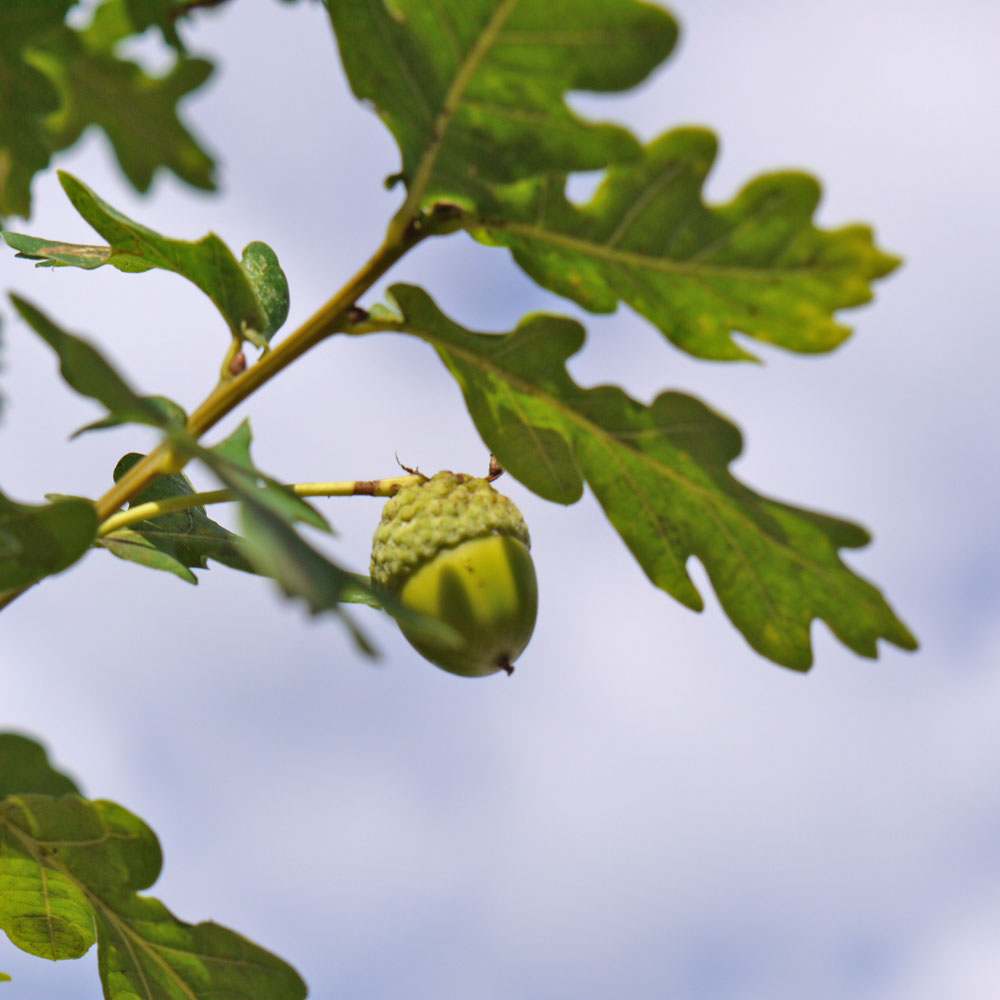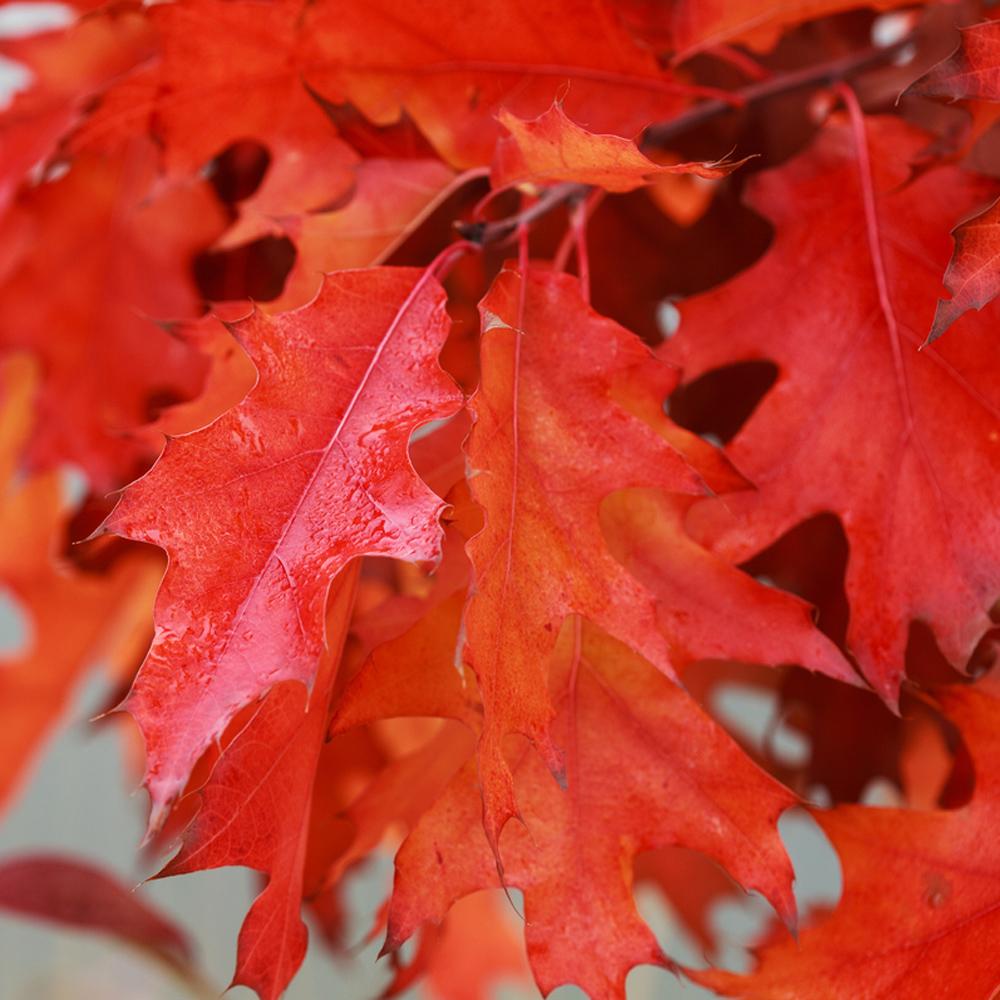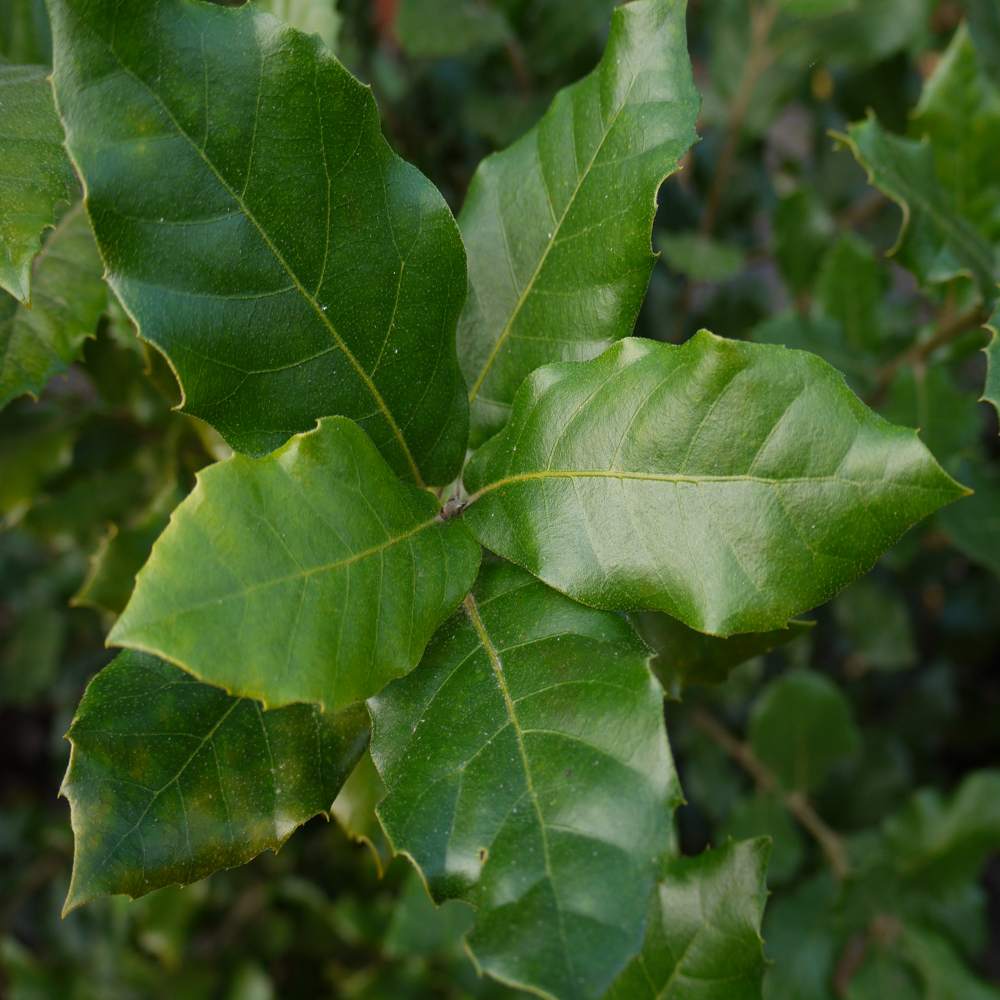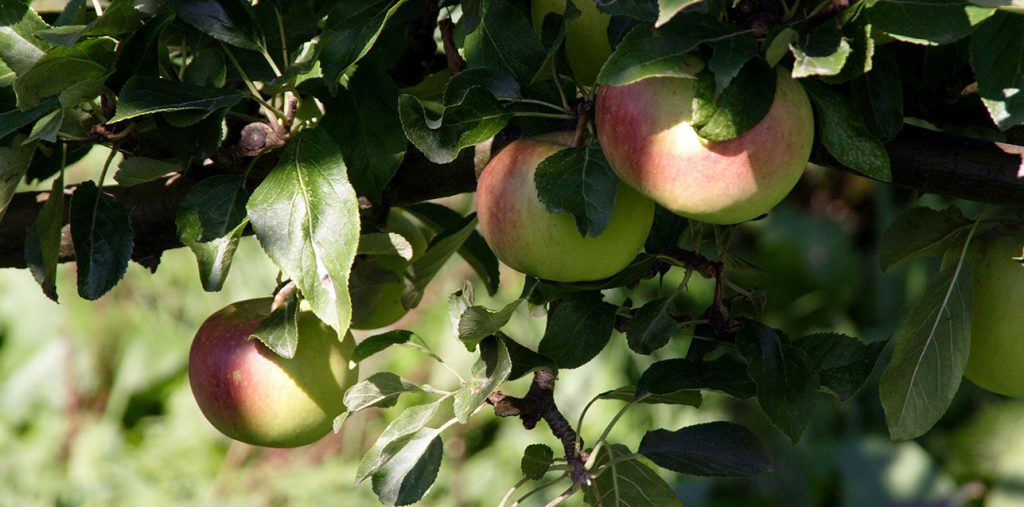Oak Processionary Moth (OPM) is a species of moth whose caterpillars are known to inhabit oak trees. These caterpillars have tiny hairs that can potentially cause skin irritation and, in some cases, respiratory issues in people. In addition to this, they can also affect the health of oak trees by feeding on their leaves.
Originally detected in London, OPM has gradually spread to nearby regions, including parts of Essex. As a result, certain regulations are now in place regarding the movement and planting of oak trees. To comply with these measures and help prevent the spread of OPM, we have made the responsible decision not to stock oak trees with a girth size over 8–10cm.
We are still able to supply younger, smaller oak trees that fall within the permitted guidelines. The varieties of Oak that we are usually able to source are the English oak, Red oak and sometimes the Evergreen oak.



A guide to Oak trees
English Oak (Quercus robur)
Quercus robur, commonly known as English oak, is a magnificent, deciduous tree distinguished by its distinctive dark grey, grooved bark and robust, spreading branches. This native trees has deep green, lobed leaves that transform into rich reddish-brown hues in the autumn. In spring, In spring, delicate yellow-green catkins emerge, followed by the familiar acorns in autumn.
Reaching a mature height of 25m+, the long-lived English oak makes a truly impressive addition to large gardens, parks, and woodland environments. A common sight in lowland woodlands throughout the British Isles, it is not only a source of high-quality timber but also plays a crucial role in supporting Britain’s native wildlife.
Red oak
Quercus rubra (Red oak) is a magnificent, deciduous tree with a straight central trunk and a gracefully broad, oval crown. It has large, lobed leaves that emerge in shade of light to mid-green. These vibrant leaves turn to a breathtaking shades of rich crimson when autumn approaches, creating a truly captivating display. This makes the Red Oak an excellent choice for bringing both structure and dynamic seasonal colour to any landscape. Beyond its spectacular foliage, the Quercus rubra also presents subtle green flowers in the springtime, which mature into small, rounded acorns in the autumn.
As one of the faster-growing members of the Quercus family, the Red Oak was first introduced to the UK from its native North America in the 18th century. Notably, it also exhibits a higher tolerance to polluted air. This impressive tree can reach a mature height of up to 15 meters, making it an ideal addition to larger gardens, parks, and woodland environments.
Evergreen Oak
Quercus ilex (Evergreen oak) is known for its slow growth and eventual broad and beautifully rounded crown. Its distinctive black, cracked bark adds to its character, while the glossy, dark green leaves with their toothed edges, reminiscent of holly, offer year-round visual appeal. In spring, charming yellow catkins also appear, followed by small, round acorns in late summer, ensuring continuous interest throughout the seasons.
Reaching a mature height of up to 20m, the Evergreen oak makes a superb specimen tree for larger gardens, parks, and woodlands. However, its versatility extends to smaller spaces as well. When started as a bush, it can be skillfully clipped to create an attractive evergreen screen or a dense and effective hedge, offering both beauty and privacy. The Evergreen oak also demonstrates excellent tolerance to challenging environmental conditions, including dry winds, salt spray, and air pollution. This resilience makes it an ideal choice for coastal gardens, windy locations, and urban settings!
Hopefully this has helped to explain what the Oak Processionary Moth is and the reasons behind the current restrictions that are helping to control the spread of this pest. Please remember that you are still able to plant smaller oak trees. However, it’s important to regularly inspect your trees and report any suspected infestations to the relevant authorities!
Further reading:







